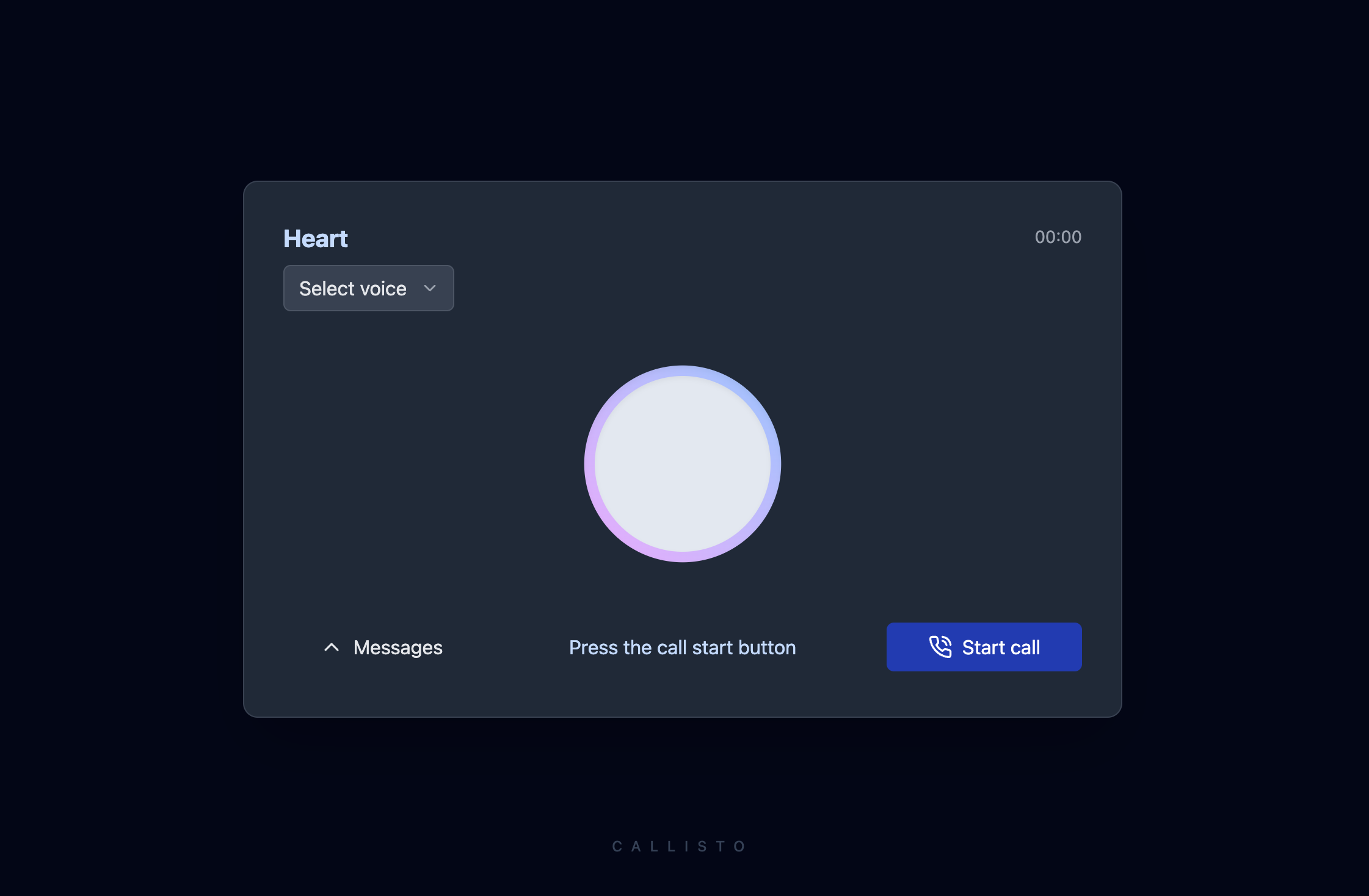Callisto: A WebGPU based in-browser AI assistant
Listen to the article
I recently had an opportunity to participate in a small hackathon and work on an AI project called Callisto. It’s an in-browser conversational AI assistant that leverages the power of WebGPU, making it entirely backend-free and capable of running directly in your browser.
What is Callisto?
Callisto is a fully in-browser AI assistant that utilizes WebGPU and ONNX runtime through the Transformers.js library to run multiple AI models directly in your browser. This means no backend API is required.
Your browser MUST support WebGPU to run Callisto. Please make sure your browser is compatible before proceeding. As of writing this, as long as you are on a Mac running the latest Google Chrome browser, you should be able to run this out of the box. On Linux machines, however, you may need to use a special flag to enable WebGPU on your Chrome. Also, right now, WebGPU support on Firefox is experimental.
Try It Out
You can check out Callisto by visiting callisto-lyart.vercel.app.
Improvements Over Previous Work
Callisto builds upon the webml-community/conversational-webgpu project, adding several new features and enhancements:
- Conversation history.
- Ability to interrupt the assistant during speech.
- Enhanced styling and visuals.
How Does It Work?
Callisto will download the following 4 different AI models, and then run everything inside your browser.
- Large Language Model (HuggingFaceTB/SmolLM2-1.7B-Instruct)
- Speech to text (onnx-community/whisper-base)
- Text to speech (onnx-community/Kokoro-82M-v1.0-ONNX)
- Voice detection model (onnx-community/silero-vad)
Depending on your internet connection, it might take a few minutes to load everything the first time. Second time onward, however, it will load much faster because of caching.
Running Locally
If you want to run Callisto locally, follow these simple steps:
- Clone this repository.
- Run
npm install. - Execute
npm run dev.
That’s it! You’ll have Callisto running on your machine.
